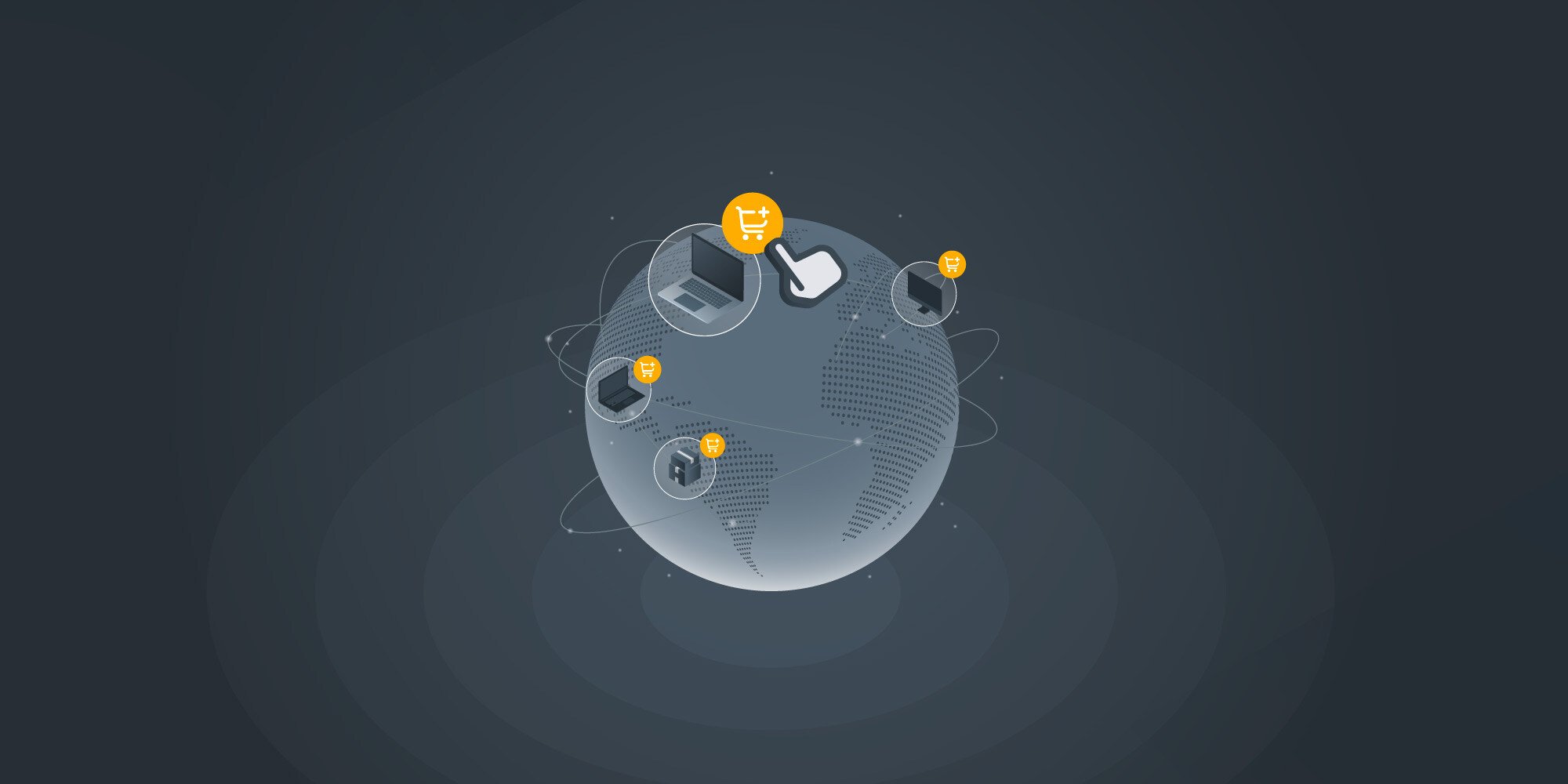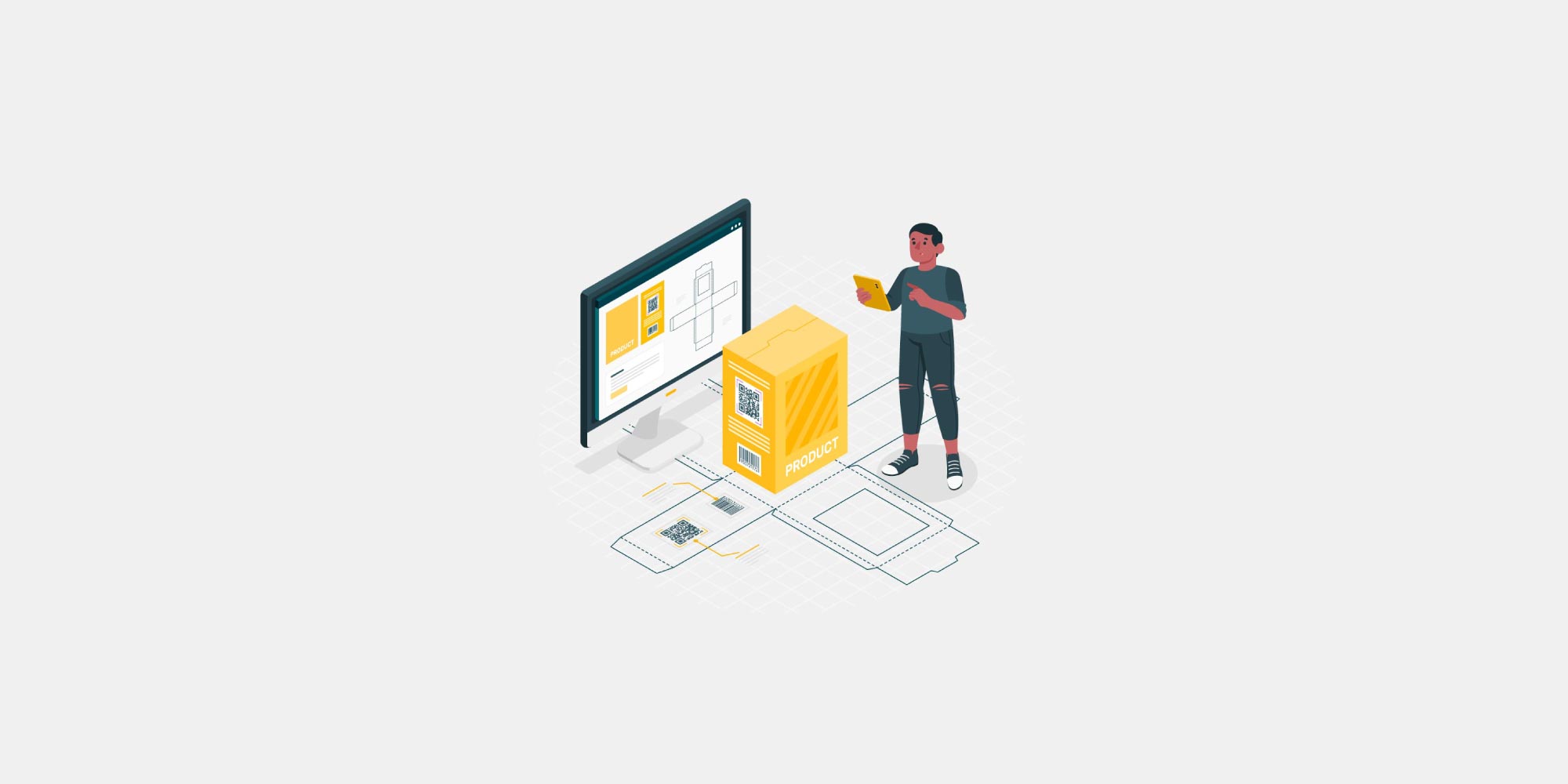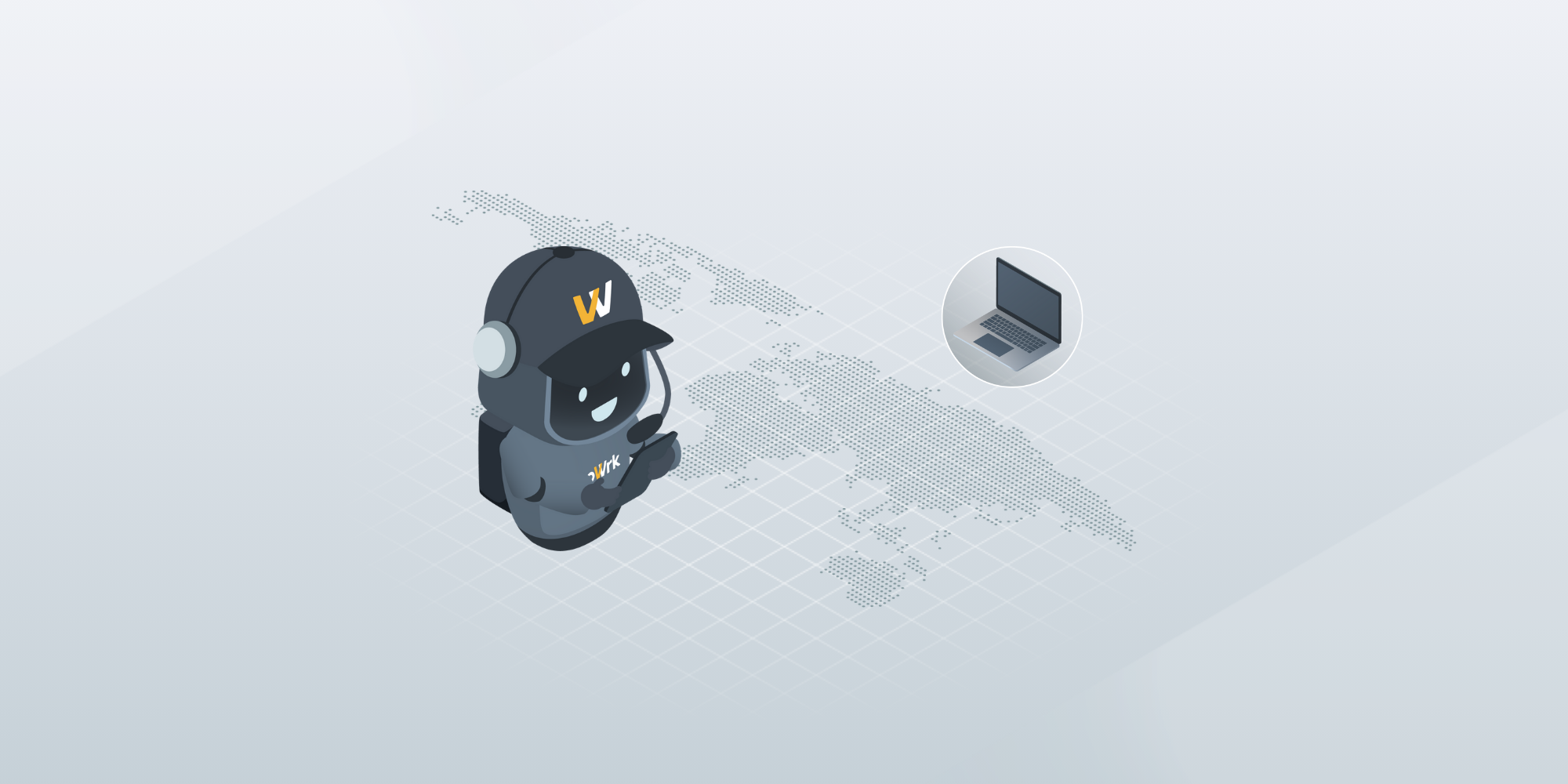Top IT Cost Management Tools & Software for 2026
 GroWrk Team
GroWrk Team
Effectively managing IT costs is more critical than ever in today's rapidly evolving business landscape. With organizations investing heavily in technology to drive digital transformation, tracking, controlling, and optimizing IT expenditures has become an essential component of financial strategy. IT cost management software helps businesses gain visibility into their IT spending, streamline budgeting processes, and make informed decisions contributing to long-term profitability.
The right IT cost management tools enable organizations to take control of their finances by offering insights into spending patterns, forecasting future expenses, and identifying cost-saving opportunities. This article will explore the key features of IT cost management software and the importance of integrating asset management solutions to optimize IT expenses further and improve finances further to optimize IT expenses and overall business efficiency.
Key takeaways
-
IT cost management software enhances transparency and controls IT expenditures through planning, budgeting, and cost-tracking processes.
-
Key features include real-time cost tracking, budget management tools, and advanced financial reporting, which help project managers monitor expenses and optimize budgets.
-
Selecting and implementing the right IT cost management software involves assessing business needs, comparing features, and ensuring seamless integration with existing systems.
Understanding IT cost management software

IT cost management software involves structured procedures for tracking and controlling expenditures related to IT resources. The process typically involves three stages: planning resources, estimating and budgeting, and controlling costs. This software enhances transparency in IT spending, allowing organizations to make informed decisions and improve financial oversight across projects.
IT cost management tools offer critical financial insights that significantly enhance decision-making. Integrating these tools into your project management workflow ensures every dollar is accounted for, with early identification of potential overspends. Such oversight is vital for maintaining control over project budgets and financial health.
Implementing IT cost management software fosters better strategic decision-making. Real-time insights into spending patterns and resource allocation enable project managers to make data-driven decisions aligned with organizational goals. This approach aids in managing project budgets effectively and contributes to long-term financial stability.
Key features of IT cost management software

IT cost management software features are designed to provide comprehensive control over project finances. These include real-time cost tracking, budget management tools, and advanced financial reporting and analytics. Together, these features ensure that project managers have the tools to monitor expenses, control costs, and make informed decisions using project cost management software.
Real-time cost tracking
Real-time cost tracking is a cornerstone feature of effective IT cost management software. Real-time monitoring of budget utilization improves accountability and reduces the risk of overspending. Advanced tracking capabilities facilitate monitoring of spending against planned budgets, offering immediate financial health insights.
IT cost management solutions streamline tracking of budget variances, providing clear insights into spending patterns. This enables project managers to estimate costs based on historical data and adjust budgets accordingly, which is essential for effective budget management. GroWrk, for example, offers tools for real-time procurement expense tracking and the ability to download expense reports.
Monitoring expenses in real-time ensures financial oversight in IT projects. Up-to-date expense information allows project managers to make timely adjustments, keeping projects on track and within budget. A proactive approach to economic management, including project-related expenses, is vital for the success of complex projects.
Budget management tools
Budget management tools facilitate resource allocation and control over spending limits. They enable the creation and management of purchase orders, tracking supplier agreements, and budget allocations. Leading tools help businesses budget and control expenses with real-time insights and analytics.
An example is Volopay, which offers robust budget management features that alert users to real-time potential overruns.
Financial reporting and analytics
Financial reporting and analytics are crucial features of this software. Financial reports provide insights into cost performance, assisting project managers in making informed financial decisions. Reports and analytics offer detailed insights, enhancing decision-making on project finances.
For instance, Google's Looker Studio includes advanced analytics capabilities, allowing users to visualize cost trends and optimize spending. Real-time tracking enables project managers to monitor labor costs and delivery efficiency immediately.
Understanding spending patterns helps project managers assess financial performance and make strategic adjustments to improve project profitability.
Benefits of using IT cost management software

IT cost management software offers numerous benefits, including improved project profitability, efficient resource allocation, and enhanced budget tracking. These tools aid organizations in tracking, managing, and optimizing project budgets and expenses, leading to better financial oversight and cost control.
Improved project profitability
Effective cost management practices help businesses identify and eliminate unnecessary expenses, boosting project profitability. Optimizing expenditures enhances overall financial health and project profit margins. Real-time cost tracking helps identify and address overspending immediately, ensuring better financial control.
Software C features a comprehensive client invoice management system, streamlining invoicing and improving business cash flow. Regular software usage monitoring helps identify inefficiencies, enabling necessary adjustments to improve cost management.
This proactive approach keeps projects profitable and on track.
Efficient resource allocation
Budget management tools allow project managers to set, track, and adjust budgets efficiently. Software A offers budget tracking and resource allocation features to streamline project cost management. Integrated resource allocation tools optimize resource use and minimize wastage during projects.
Advanced time-tracking capabilities, like those in Software C, allow users to monitor billable hours precisely across multiple projects. Regularly reviewing project management software usage helps organizations identify areas for improvement and optimize performance. This ensures that resources are allocated efficiently, contributing to overall project success.
Enhanced budget tracking
Real-time cost tracking allows project managers to monitor expenditures instantaneously, improving financial control and decision-making. Automated financial reporting offers insights into income trends, enhancing budget oversight. Real-time cost tracking helps project managers identify discrepancies between budgeted and actual costs.
Financial reporting tools offer insights into spending trends and help forecast future costs, aiding strategic decision-making. Budget management tools facilitate monitoring project expenses and identifying overspending, ultimately promoting cost optimization.
Reviewing budget reports and performance metrics regularly allows project managers to manage project budgets and make necessary adjustments to optimize functionality and cost efficiency.
Best practices for project cost management
Effective project cost management requires a strategic approach and adherence to best practices. Here are some key strategies that project managers can implement to ensure successful cost management:
-
Planning cost thresholds: Establish clear cost thresholds to guide spending and prevent budget overruns. This involves setting limits for different project phases and monitoring expenses against these limits.
-
Allocating cost control roles: Designate specific team members to oversee cost management activities. This ensures accountability and allows for focused attention on managing project costs.
-
Under-promising and over-delivering: Set realistic expectations with stakeholders and aim to exceed them. This approach helps manage stakeholder expectations and deliver projects within budget.
-
Managing scope creeps with change orders: Implement a formal change order process to handle scope changes. This will help control additional costs and ensure any changes are documented and approved.
-
Considering inflation and securing contingencies: The budget should include contingency funds for inflation and unforeseen expenses. This provides a financial buffer to handle unexpected costs.
-
Updating stakeholders with status reports: Regularly update stakeholders on the project's financial status through detailed reports. This keeps everyone informed and allows for timely interventions if needed.
-
Creating a baseline project budget and spending guidelines: Develop and establish clear spending guidelines. This serves as a reference point for tracking expenses and making financial decisions.
-
Using a work breakdown structure (WBS): Organize project tasks using a WBS to identify individual task costs and optimize workflows. This helps in detailed cost estimation and efficient resource management.
By following these best practices, project managers can ensure effective cost management, control project budgets, and achieve successful project outcomes. Implementing these strategies enhances financial oversight and contributes to project success and profitability.
Plan cost thresholds
Planning cost thresholds is a crucial step in project cost management. It involves setting clear limits on expenditures for specific project elements or resource categories. By establishing these thresholds, project managers can ensure that costs are controlled and that the project stays within budget. To effectively plan cost thresholds, review past projects and analyze your pricing structure to determine acceptable spending levels for various project areas or deliverables. These thresholds should be clearly defined and communicated to all team members to ensure everyone knows the budget constraints. This proactive approach to cost management helps maintain financial discipline and avoid unexpected overspending.
Allocate cost control roles
Allocating cost control roles is essential for maintaining financial oversight throughout the project lifecycle. Designate a specific team member to oversee the project budget and control costs. This individual should regularly review project expenses, identify areas where costs can be reduced, and make necessary adjustments. By assigning this role, project managers can ensure that costs are closely monitored and that the project stays on track financially. The person in this role should also communicate with team members and stakeholders about budget-related issues, ensuring everyone is informed about the project’s financial status. This dedicated focus on cost management helps achieve better budget adherence and economic control.
Manage scope creeps with change orders
Scope creep can be a significant challenge in project management, often leading to cost overruns if not appropriately managed. Scope creep occurs when the project’s scope expands beyond the original plan, typically due to changes in client requirements or unforeseen issues. To manage scope creep effectively, project managers should use change orders to document and approve any changes to the project scope.
A change order is a formal document that outlines the changes to be made, the impact on the project timeline and budget, and the approval process. Using change orders, project managers can ensure that all changes are properly documented and approved and that the project budget is updated accordingly. This structured approach helps prevent cost overruns and ensures the project remains financially viable.
How to choose the right IT cost management software

Selecting the right IT cost management software requires understanding your organization’s specific needs and available software features. This involves evaluating features, costs, and alignment with business goals.
The right software should balance functionality, usability, and cost-effectiveness to meet business objectives.
Assessing your business requirements
Evaluating business needs involves identifying project size, industry requirements, and critical functionalities. Identifying specific needs and objectives tailors the selection of cost management software for your business.
A thorough evaluation of current and future IT needs determines the necessary resources and budget for the project. Understanding these needs helps select software that aligns with business processes and supports long-term goals.
Comparing cost management features
Assessing organizational requirements is the first step in selecting IT cost management software. Focus on key aspects like scalability, user-friendliness, and integration with existing systems. Scalability ensures the software can grow with your organization’s needs, while user-friendliness improves accessibility for all team members.
Considering these factors allows for an adequate comparison of different software options based on their cost management features. This ensures that the chosen software meets your business’s needs and handles project complexity and scale.
Considering integration with existing systems
Seamless integration of new cost management software with current financial and project management systems is vital for maintaining operational efficiency. The software should connect seamlessly with existing accounting and project management tools to avoid disruptions.
For example, Software C is designed to integrate existing systems, quickly enhancing usability across different platforms. This integration ensures a smooth transition and maximizes effectiveness within your existing workflow.
Why GroWrk for IT cost management and asset lifecycle optimization
Effectively managing IT costs requires more than just tracking expenditures—it's about optimizing the entire lifecycle of your IT assets, from procurement to disposal. GroWrk offers an integrated platform designed to help businesses manage and reduce IT costs across every stage of the asset lifecycle.
Our end-to-end solution streamlines procurement, deployment, management, and disposal of IT assets, providing transparency and control over your IT spending. By leveraging GroWrk's automation and global reach, you can eliminate inefficiencies, reduce operational costs, and unlock opportunities for savings at scale.
Key benefits include:
-
Innovative procurement: Automate and optimize device sourcing, ensuring you pay only for what you need.
-
Centralized asset management: Gain complete visibility and control over your inventory, ensuring that devices are utilized efficiently throughout their lifecycle.
-
Cost-effective disposal: Maximize asset resale value or ensure environmentally responsible recycling and secure disposal, reducing the financial impact of end-of-life assets.
-
Data-driven insights: Track and report equipment usage and costs, empowering you to make better budgeting and purchasing decisions.
With GroWrk, you gain a comprehensive view of your IT spending, reduce waste, and make more strategic decisions that directly impact your bottom line.
Implementing IT cost management software

Successful implementation requires precise project planning, including business needs analysis, feature selection, and integration strategies. The plan should also consider training, customization, and ongoing monitoring to ensure the software meets organizational needs.
Training and onboarding
Investing in comprehensive training programs ensures employees are proficient in using the new IT cost management software. Effective training programs significantly improve user adoption rates, ensuring employees are well-equipped to utilize the software’s features.
Effective onboarding directly influences employee retention and productivity. Comprehensive training enhances user adoption, reduces resistance to change, and improves efficiency.
Customizing software settings
Custom settings can be tailored based on project specifications, aligning functionalities with organizational needs. Tailoring software settings to meet specific project requirements enhances user experience and improves efficiency.
Customizing software settings significantly enhances the tool’s effectiveness, ensuring it meets project demands and improves functionality.
Monitoring and adjusting usage
Cost management tools provide real-time visibility into project expenses, enabling informed adjustments to keep costs within budget. Customizable dashboards help project managers track financial status, comparing actual expenses to budgeted figures.
Establishing cost thresholds guides managers on when to reevaluate project costs, preventing overspending. Real-time tracking helps adjust timelines and resources based on actual labor costs, enabling proactive project management.
Summary
Managing IT costs is essential for organizations seeking to optimize their financial performance and maintain control over spending. IT cost management software offers powerful tools for tracking expenses, managing budgets, and improving financial reporting. By integrating these tools with asset management solutions like GroWrk, businesses can achieve even greater control over their IT expenditures.
GroWrk enhances the capabilities of traditional IT cost management software by offering a comprehensive platform for managing IT assets throughout their lifecycle. With real-time cost tracking, advanced reporting, and seamless integration, businesses can improve profitability, allocate resources more efficiently, and ensure that IT costs align with their strategic goals.
Start optimizing your IT costs today—schedule a demo and see how GroWrk transforms your IT operations.
Frequently asked questions
What is IT cost management software?
IT cost management software is essential for tracking and controlling IT expenditures, enhancing transparency in spending. Facilitating resource planning, cost estimation, and budgeting empowers organizations to make informed financial decisions.
What are the key features to look for in IT cost management software?
When selecting IT cost management software, prioritize real-time cost tracking, budget management tools, and advanced financial reporting and analytics. These features are essential for effective expense monitoring and informed decision-making.
How does IT cost management software improve project profitability?
IT cost management software enhances project profitability by enabling real-time cost tracking, which helps identify and rectify overspending promptly. Furthermore, efficient client invoice management streamlines invoicing processes, improving cash flow and financial control.
What should I consider when choosing IT cost management software?
When choosing IT cost management software, prioritize your business requirements and the specific features you need, and ensure compatibility with your existing systems. This approach will help you select a solution that effectively meets your operational needs.
How do I implement IT cost management software effectively?
To implement IT cost management software effectively, develop a clear project plan that addresses business needs, feature selection, and integration strategies. Additionally, ensure comprehensive employee training and customize the software to align with specific project requirements for optimal usage.






